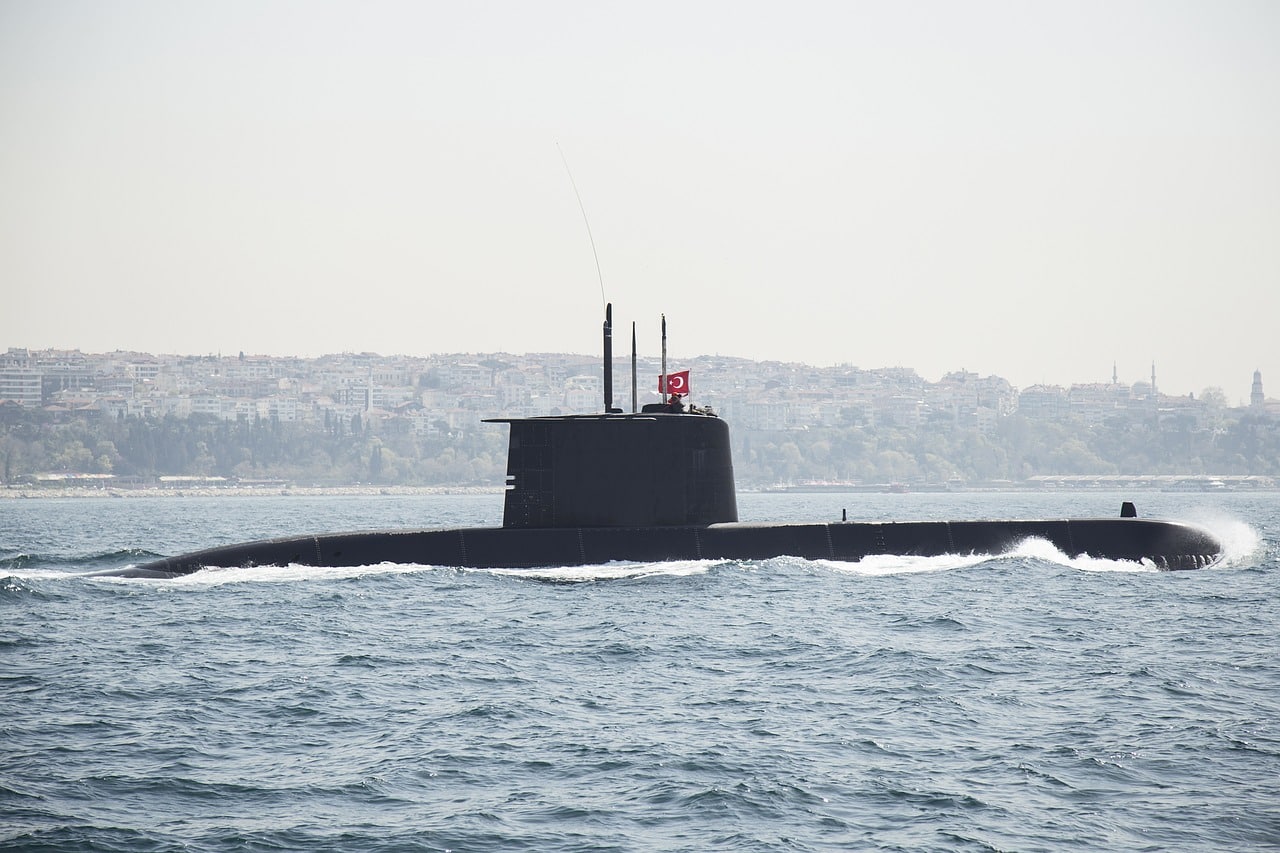What Advances Are Being Made in Autonomous Underwater Vehicles?

As our interest in exploring the undersea world grows, so does the need for advanced technology to support these efforts. In recent years, there has been a surge in the development of autonomous underwater vehicles (AUVs), which have revolutionized our ability to collect vast amounts of data from the ocean’s depths. These self-operating vehicles are equipped with a range of sensors and navigation systems, making them ideal for conducting intricate marine studies and explorations. Let’s delve into the current advancements in this intriguing field.
Harnessing Renewable Energy Sources for AUVs
A pivotal challenge constraining the use of AUVs is energy. The requirement for battery-powered operations often limits the range and duration of missions. But, how are we addressing this issue?
A lire également : What Are the Latest Innovations in Electric and Hybrid Aircraft?
Modern researchers and technologists are exploring the potential of renewable sources of energy to power AUVs. For instance, wave energy and solar power are being seriously considered as alternatives. Some AUVs are being designed to surface periodically, allowing solar panels to charge before submerging again. Others are investigating the potential of harvesting energy from ocean currents, similar to wind turbines on land.
Further, developments in fuel cell technology and energy-efficient propulsion systems are also adding to the arsenal of solutions addressing the energy constraint. Evolving energy technology is thus not only enhancing the capabilities of autonomous underwater vehicles but also making them more sustainable in the long run.
A lire aussi : How to Cultivate a Positive Mindset and Harness the Power of Positivity?
Enhanced Navigation and Control Systems
The undersea environment is notoriously harsh and unpredictable, posing significant navigation challenges. However, recent advances in technology are equipping AUVs with more sophisticated control and navigation systems.
Many modern AUVs now utilize cutting-edge sonar technology to map the ocean floor and detect obstacles, offering increased accuracy in undersea exploration. Additionally, advancements in artificial intelligence and machine learning algorithms are allowing for real-time data analysis and adaptive navigation.
Moreover, the integration of GPS technology with inertial navigation systems (INS) provides improved surface navigation. While acoustic positioning systems allow for more precise navigation and positioning whilst submerged. These advancements not only enhance the operational efficiency of AUVs but also increase their safety and reliability.
Improved Data Collection and Communication Systems
Data collection is a crucial capability of AUVs, and advancements in this area are redefining their potential. Traditional AUVs often required physical retrieval of the vehicle to access the gathered data. However, advancements in wireless technology now allow for data to be transmitted in real-time to a base station.
Furthermore, the integration of advanced sensors into AUVs is enabling the collection of a broader range of data. From high-resolution imaging systems to sensors detecting temperature, salinity, and depth, the scope of data collected is rapidly expanding.
Simultaneously, the development of robust communication systems is ensuring that AUVs can stay connected with control stations, even in the challenging undersea environment. These advancements allow for the remote monitoring of AUVs, real-time data transmission, and even on-the-go mission updates.
AUVs and Marine Support Systems
AUVs are not just isolated entities, but part of a broader marine support system. As such, advancements in AUV technology often go hand in hand with improvements in this broader infrastructure.
For instance, the development of undersea charging stations and maintenance docks facilitates longer mission durations for AUVs. Similarly, the creation of integrated data platforms allows for the efficient analysis and sharing of the wealth of data collected by AUVs.
Moreover, advancements in collision avoidance systems and emergency fail-safe mechanisms contribute to the overall safety and reliability of not just individual AUVs, but the entire marine support system.
Bridging Human-AUV Interactions
The interaction between humans and AUVs is another area witnessing significant advancements. The development of intuitive control interfaces allows for easier management of complex missions. Additionally, real-time data visualization tools are providing operators with a more comprehensive understanding of the AUV’s environment and collected data.
In the realm of artificial intelligence, advancements are enabling AUVs to make more autonomous decisions. This increased autonomy is not only enhancing the operational efficiency of AUVs but also reducing their dependence on human operators.
More recently, haptic technology, which simulates the sense of touch, is being integrated into control systems. This allows operators to ‘feel’ undersea conditions, providing a more immersive and intuitive interaction with the AUV.
While we have made significant progress in the development of AUVs, the untapped potential of these autonomous undersea explorers is vast. As we continue to push the boundaries of technology, there’s no telling what they will uncover in the fascinating world beneath the waves.
Autonomous Underwater Vehicles: A New Frontier in Ocean Exploration
As our fascination with exploring the mysteries of the deep continues to grow, so does the critical role of autonomous underwater vehicles (AUVs). These highly advanced devices allow us to delve further into the unknown, collecting invaluable data that can offer unprecedented insights into our world’s oceans.
AUVs are becoming increasingly important in a variety of fields, from oil gas exploration to marine biology studies. They provide scientists with a means to explore the most inaccessible parts of the ocean, offering the potential to uncover new species, geological formations, and other exciting discoveries.
One of the most significant advancements in AUV technology is the use of inertial navigation systems. These systems use accelerometers and gyroscopes to track the position and orientation of the AUV, allowing it to navigate accurately even in areas where GPS signals may not reach. This enables more precise exploration and data collection in parts of the ocean that were previously unreachable.
Another exciting development is the use of side scan sonar, which allows AUVs to create detailed images of the sea floor. This technology can be used to identify shipwrecks, underwater geological features, and even marine life. In addition, the use of unmanned underwater vehicles equipped with side scan sonar is becoming increasingly popular in oil gas exploration, as they can survey large areas quickly and efficiently.
AUV technology is also becoming more accessible, with several companies offering open access to their software and hardware designs. This enables researchers and hobbyists alike to build and customize their own AUVs, expanding the pool of potential users and applications.
Conclusion: The Future of Autonomous Underwater Exploration
The advancements being made in AUV technology are pushing the boundaries of what is possible in ocean exploration. As these vehicles become more sophisticated and accessible, we can expect to see a surge in the amount of data and knowledge we can gain from the world beneath the waves.
In the future, we may see AUVs being used in a variety of novel ways. For instance, they could be deployed to monitor the health of coral reefs in real time, or to search for new sources of oil and natural gas. They could also play a crucial role in the search for missing aircraft or vessels, potentially helping to solve some of the ocean’s greatest mysteries.
In conclusion, autonomous underwater vehicles represent a new frontier in ocean exploration. As we continue to develop and refine this technology, there is no limit to what we can discover. Whether it’s mapping the ocean floor, monitoring marine life, or searching for natural resources, AUVs promise to revolutionize our understanding of the world’s oceans.
With continued investment in research and development, the next generation of AUVs will undoubtedly be more advanced, more efficient, and more capable than ever before. As we look to the future, it’s clear that these remarkable devices will play a crucial role in our ongoing exploration of the undersea world.
